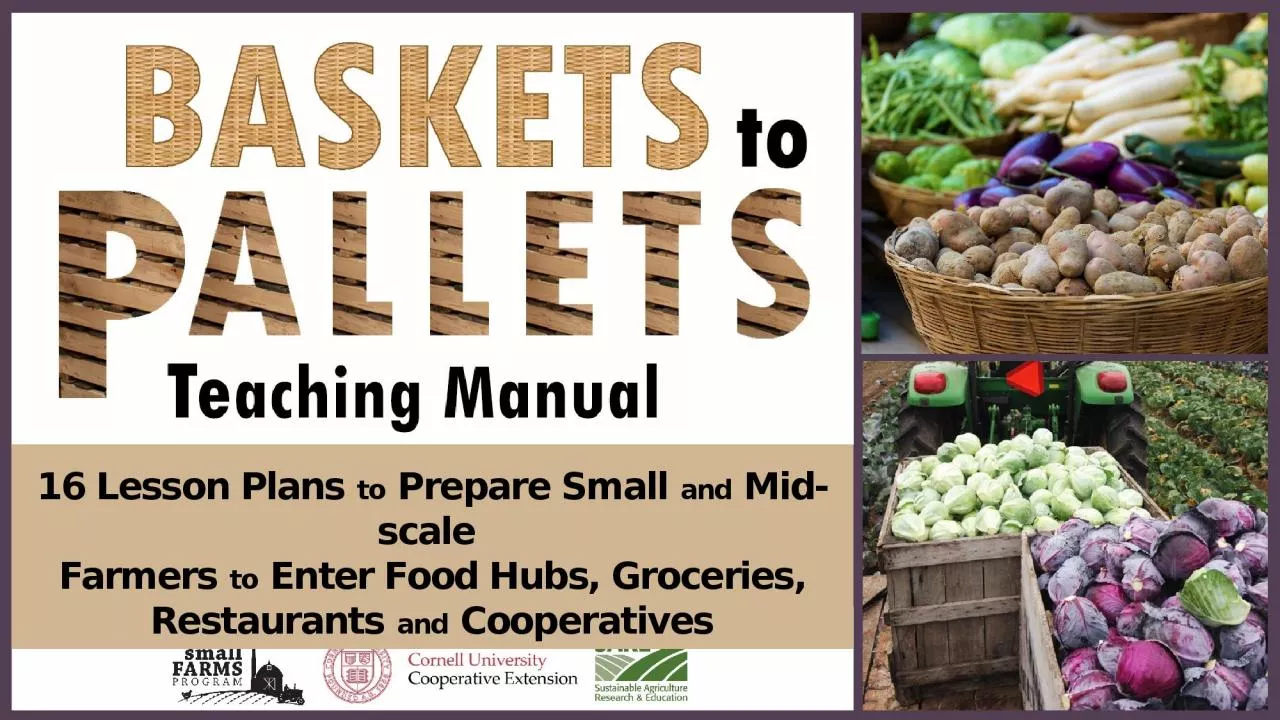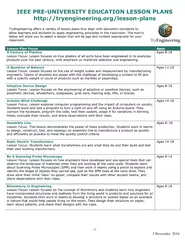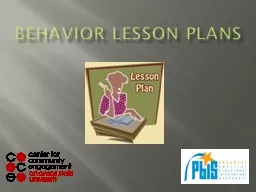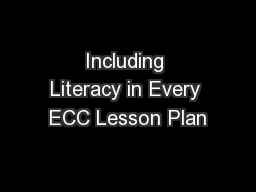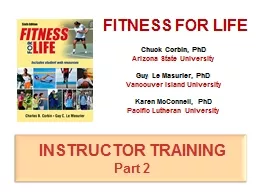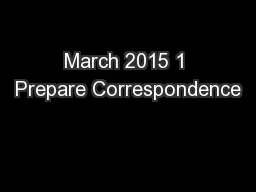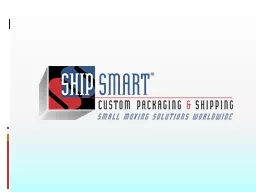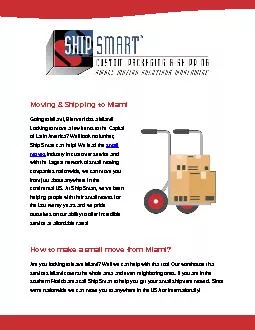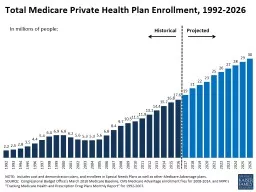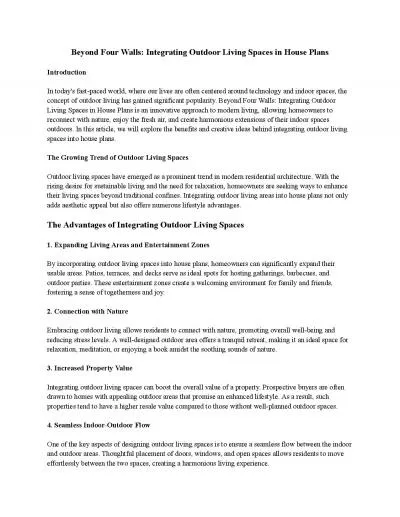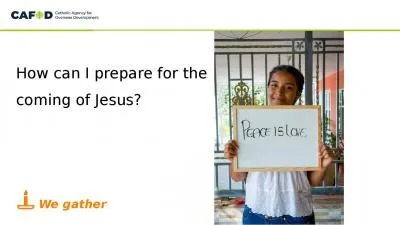PPT-16 Lesson Plans to Prepare Small
Author : bella | Published Date : 2024-02-02
and Midscale Farmers to Enter Food Hubs Groceries Restaurants and Cooperatives Module 22 Building Relationships with Buyers This PowerPoint presentation is
Presentation Embed Code
Download Presentation
Download Presentation The PPT/PDF document "16 Lesson Plans to Prepare Small" is the property of its rightful owner. Permission is granted to download and print the materials on this website for personal, non-commercial use only, and to display it on your personal computer provided you do not modify the materials and that you retain all copyright notices contained in the materials. By downloading content from our website, you accept the terms of this agreement.
16 Lesson Plans to Prepare Small: Transcript
Download Rules Of Document
"16 Lesson Plans to Prepare Small"The content belongs to its owner. You may download and print it for personal use, without modification, and keep all copyright notices. By downloading, you agree to these terms.
Related Documents

